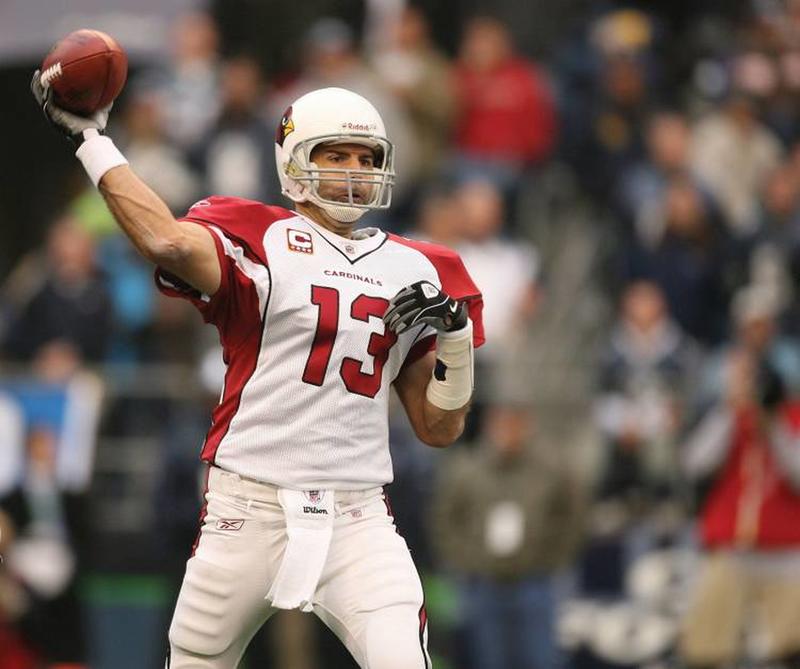
The famed Kurt Warner went from bagging and stocking groceries to playing in one of the most televised live events in American history. Warner's rise to prominence is another one of those tales of overcoming adversity through hard work and finding oneself in the perfect circumstance to succeed. Kurt Warner attended the University of Northern Iowa but had a less than remarkable career due to being third on the Panthers' quarterback depth chart up until his senior year where he finally got the chance to start. In that single season, Warner performed so well he was named the Gateway Conference Offensive Player of the Year and graduated with a Bachelor's degree in communications.
With a less than stellar performance as a Northern Iowa Panthers, Kurt Warner went undrafted in the 1994 NFL Draft but got an opportunity to try out for the Green Bay Packers. Warner was cut from the team and went back to his hometown of Cedar Falls, Iowa to bag groceries for a living. Eventually, Warner would make his way back to the field in the AFL where he played a single season with the Iowa Barnstormers. The following year, Warner participated in the NFL Europe before signing a contract with the St. Louis Rams where he would become a household name. In six seasons with the Rams, Warner became the first undrafted quarterback to lead his team to a Super Bowl victory (XXIV) and win Super Bowl MVP. Warner also holds three out of the five single-game passing yardages in a Super Bowl and led the Arizona Cardinals to their first-ever Super Bowl appearance in Super Bowl XLIII before retiring in January 2010. The now 4x Pro Bowler and Hall of Famer is considered the best-undrafted football player of all-time.
Over the years, weve seen so many food trends come and go, such as ramen burgers, matcha, and spiked ice-cream. Nowadays, were seeing another trend making waves in the food industry. How many times today have you seen an Instagram photo of a scoop of black ice cream, or a cup of black yogurt, or hamburgers with black buns? Indeed, the charcoal trend has taken the world by storm.
So, what gives your latte that deep black shade? Activated charcoal, or coconut ash, is produced by heating coconut shells to insanely high temperatures until theyre burnt to a crisp. The ashes are then increased in size by steaming at high temperatures. Through this process, the ashes become a strong detoxifier, mostly because they become extra absorbent. This product may be purchased in pill form, and promises to alleviate hangovers, minimize the effects of food poisoning, and fight the visible signs of aging.
Activated charcoal is said to boost ones energy as a result of decreasing toxins in the body. However, no evidence proves that detoxifying can lead to increased energy. Also, while it can help cure a hangover, it doesnt necessarily remove alcohol from your blood. It is also said to aid in debloating your stomach because it cleanses your colon but again, this all anecdotal and isnt supported by scientific evidence as of yet. All we can say for sure is that it is a proven detoxifier.